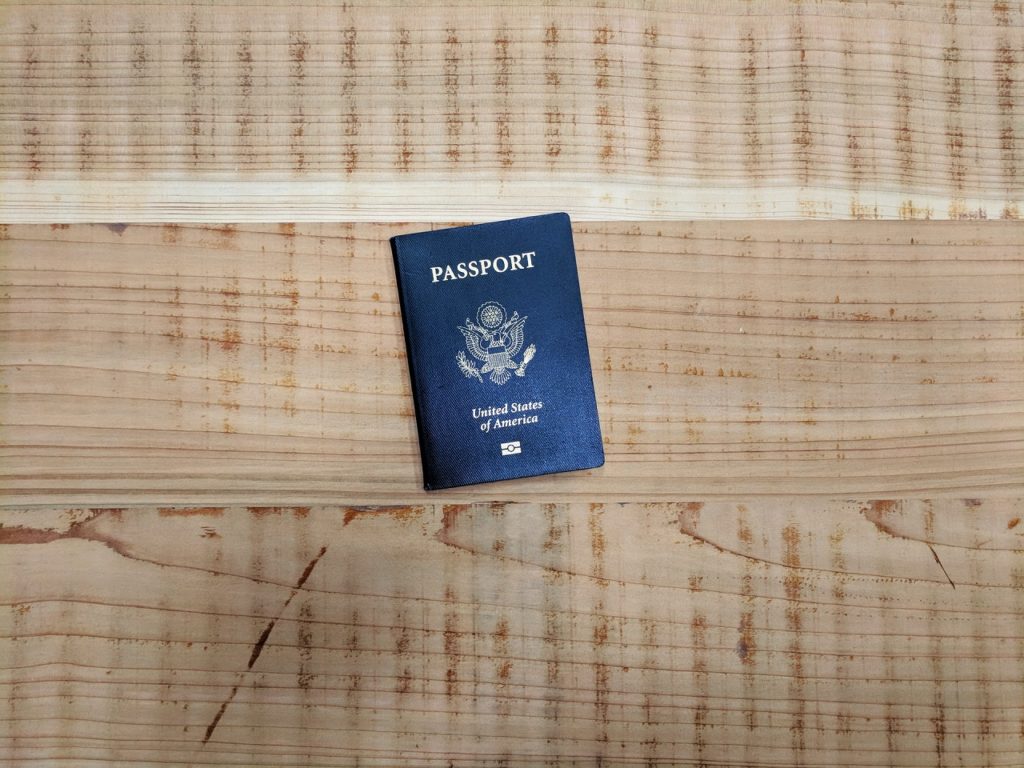You may want to change your name for any number of reasons. It may be because you’re newly-wed, or perhaps newly divorced. Maybe you don’t like your birth name and want something that’s a true reflection of who you are, to help people take you a little more seriously.
Maybe you’re going through a gender transition and want to adopt a name that resonates with who you are on the inside. Whatever your reason may be for wanting to go through a legal name change, the process generally involves filing a petition to request the court to change your existing name to a new one.
If this is something you want to pursue, this article provides a step-by-step guide on how to legally change your name, the restrictions that exist, and anything else you need to know about it.
Can You Use a Different Name Without Legally Changing It?
One of the most common questions we often get asked is – Can I change my name without having to go through the legal process. Technically, you can. After all, it is a free country.
It is not uncommon to come across individuals who are known by one name amongst their friends while having an entirely different set of names in their official documents.
Federal courts have ruled time and again that “common law” grants every citizen the right to change their name at will. This is embedded in the US Constitution. You just need to start using your preferred name to assume it, which is a process you can do legally.
The issue with going this route is that the name that appears on all your identifying documents cannot be changed without going through the official court process of changing your name legally.
So, without some form of legal proof that you’ve adopted a new name, the Social Security Administration will still recognize you by the existing details they have on you.
States That Allow Common Law Name Change
It’s also important to mention that although the majority of states across the US don’t specifically prohibit common-law name changes, they do regulate them in a way that essentially renders them virtually obsolete.
Take the State of Arizona, for instance. To change your name or any details on your driver’s license, you have to update the bio data on your social security card. Now, to change the name that appears on your social security card, you have to go through a legal name-change process in the courts.
In other states, you have the option of registering your new name as an “assumed name.” So, while you can indeed carry out a common-law name change, you will face some hurdles when trying to get identifying documents to reflect your new name.
So, there’s no escaping it. You have to get a court order that grants you the right to adopt your new name and use it in legal identification documents.
How Much Does It Cost to Change Your Name?
The associated fees for legally changing your name vary depending on the state and county you live in. Costs could range anywhere between $150 and $450. The charges usually include:
- Court filing fees
- If you want a certified copy of the order with an official seal on it (This typically costs $20 on average although it can be less)
- Fees for a published newspaper notice
- Fees for changing the name that appears on your birth certificate
- Attorney fees for preparing the name change documents on your behalf
- Attorney retainer for them to represent you in court hearings if someone opposes your name change
These are generally the charges that most states assess, although you might find some omitted and others included.
How to Legally Change Your Name: The Step-by-Step Process
The legal name change process is a relatively straightforward affair. Here’s what you need to do:
- Complete a name-change petition form, an order stating the reason for wanting to legally change your name
- File these documents with the court clerk and pay the required filing fees as stipulated by your state
- Allow a judge to review these documents and grant the name-change decree
- Publish a formal notice in the local newspaper in the form of an advertisement
- Start using your new name
Keep in mind that, while it is possible to change your name to anything you’d like, there are some exceptions where a name change would be deemed illegal, or in some cases, invalid. You can’t change your name:
- To escape from criminal or debt liability
- To commit fraud or any other type of crime
- To mislead others
- To a confusing name that contains numerals or punctuation
- To a name that offends, intimidates, is a racial slur, or is considered obscene
Name Change After Marriage
If you plan to adopt your husband’s last name after marriage, you don’t have to file a petition with the court. You can change the name on all your official documents by providing a certified copy of the marriage certificate instead.
If you plan to take a non-traditional approach, such as having the husband take their wife’s last name or creating a new last name for both spouses, you’ll have to go the court route.
Social Security Name Change
To change the name on your social security card, you’ll need to prove your identity, provide the required name change documents, fill out a new application for a social security card, and mail it to your local SSA office.
US Passport Name Change

To change the name on your passport, you’ll need to submit a duly-filled Form DS-5504, a passport photo, your current passport, and a name-change document (original or certified). This may be in the form of a divorce decree, marriage certificate, or name-change court order. Mail them to the address provided on Form DS-5504.
DMV Name Change
To change the name on your DMV documents, submit the following documents at your local DMV office.
- Current title or any other acceptable proof of ownership
- Duly-filled vehicle registration application
- Current license, learner’s permit, non-driver ID, and six points of proof of identity and date of birth
- Original or certified name change documents like a marriage certificate, divorce decree, or court order issued for the name change
Transgender Legal Gender Change
Can you legally change your gender? This is a common question among individuals in the transgender community. It all depends on the state you live in.
US states formulate their laws on birth certificates. While some states allow a person to change their name and sex, others don’t. Those that do allow, either issue an entirely new birth certificate with the amended details or change the existing one.
Some may require medical proof of gender reassignment surgery before they can approve a gender change request. It helps to check what the law in your state says about it.
A New Name Is Your Constitutional Right
If you were wondering how to legally change your name, well, now you know how to go about it. Provided that the reasons for the name change are valid and not for any sinister motives or criminal intent, the process is pretty straightforward.
Talk to a family law attorney to hold your hand through the process. If you have any legal questions on name-change, chat online with a Laws101.com attorney today.
